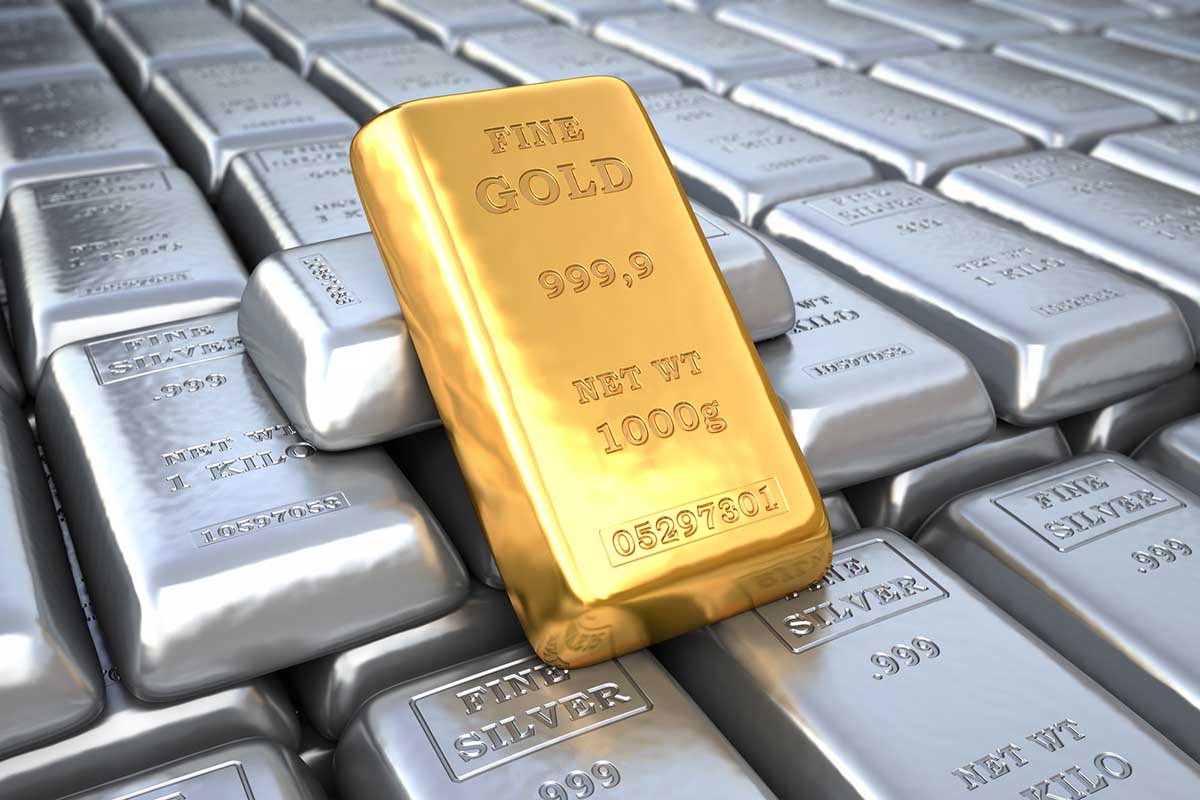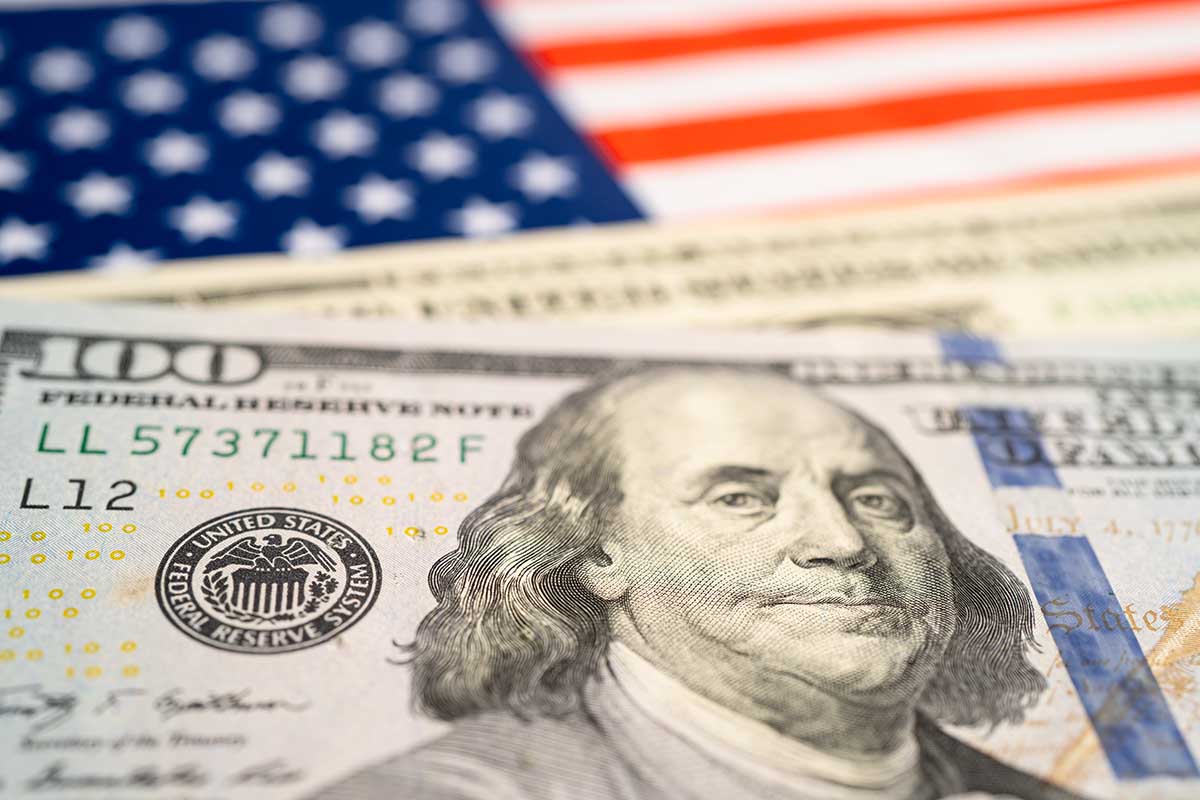What You Need to Know About Taxes On Gold And Silver
If you are planning to sell precious metals, you should know that your tax liability will depend on the cost basis of the metals. The cost basis is the total amount you paid for the metal. The IRS allows you to deduct certain costs from your basis to reduce your future tax liability. Some of these costs include appraisal costs.
Capital gains tax on precious metals
If you’ve sold a precious metal, you’ll need to understand how to report the profits. To calculate your profits, subtract the price you paid for the metal from the price you sold it for. The difference is considered your gross profit. You may also have to deduct the appraisal cost from the sale price.
The tax on the gain is calculated differently depending on the type of metal and the length of time you held it. For example, you could be charged a 15 percent tax rate on gold if you sold it for a profit, but you would not have to pay any tax if you sold it for a loss. In either case, you will have to report the gain on your annual tax filing. To ensure you’re not paying too much tax, consult a professional.
The Cost basis of metals
Whether you’re selling precious metals for profit or for investment purposes, your cost basis can be an important part of your tax return. This is because the value of your metals may fluctuate based on the date that you acquired them. Check the history of gold prices for an idea of the value of gold over time. It’s a good idea to save all of your receipts for future reference.
The cost basis of your metals determines the amount of tax that you’ll owe. The cost basis of a metal is the price you paid when you bought it, minus any expenses (including dealer fees and storage costs). You can also choose to deduct the cost of appraisals from your basis if you paid for them.
In addition, you can use the capital losses you’ve incurred on other collectibles to reduce your tax liability. For example, a loss of $500 on silver can be deducted as a loss carryforward, lowering your tax liability.
You can also deduct the costs of collecting coins. Coins are often valuable because they hold their value. In addition, the value can often increase over time. Therefore, the cost basis of coins is a significant consideration when calculating your taxes. Inheritance and other expenses can increase your cost basis.
Long-term capital gains tax rate
The federal tax rate on long-term capital gains from the sale of gold and silver ETFs is currently twenty percent, while the short-term capital gains tax rate is 39.6 percent. Click here for more information about capital gains tax.
Depending on your circumstances, you may also be subject to state income taxes. Investors in these markets are required to report the profit they make on their income tax returns.
The tax rates on gold and silver are the same as for stocks and bonds. However, the tax rate for physical gold is higher at 28% if you own the metal. Therefore, it is best to invest in non-physical gold assets, such as ETFs and mutual funds. Furthermore, you should keep your investments at least one year to avoid paying the higher capital gains tax rate.
The tax rate on short-term capital gains is similar to that on stocks. A taxpayer may earn up to $30,000 in capital gains when selling silver, but only if the gain exceeds $50. If the sale of a silver bar generates a gain of $500, then the tax rate on the gain is lower. However, it still is higher than the tax rate on long-term gains.
The long-term capital gains tax rate on gold ETFs is 28% for high-income taxpayers. However, this tax rate only applies to investors with taxable brokerage accounts. Investors holding these products in individual retirement accounts don’t face the tax of capital gains.
IRAs
One advantage of owning physical gold and silver in an IRA is the tax benefits. Both precious metals have a long history of protecting purchasing power and can outperform stocks during periods of inflation. However, tax bills can eat up your retirement plans. Gold and silver IRAs offer special tax treatment, so you don’t have to worry about taxes on your precious metals until you withdraw them.
When you invest in precious metals through your IRA, it is essential to ensure that you have the proper custodian. A custodian has the expertise and resources to manage your precious metals securely and will help you establish your account and transfer your funds to the right dealer.
You will want to ensure that you are working with a high-quality company like the one found here: https://bmogamviewpoints.com/gold-ira-tax-rules/ to ensure that you are investing your money wisely. In addition, the custodian will protect your assets by ensuring that you comply with federal regulations.
If you’re interested in owning gold in an IRA, you need to understand how taxes on gold and silver works. You should also be aware that IRA regulations require you to take required minimum distributions (RMDs) at age 72.
Once you’ve reached that age, you’ll need to make sure that you have enough money to meet these requirements. While you’re in the process of investing in gold or silver, you should consult your accountant to ensure that you’re making the right decisions.
There are several ways to invest in gold and silver in your IRA. You can set up a traditional IRA for pretax funds, or you can choose a Roth IRA, in which you buy gold with post-tax dollars.
In order to establish a gold IRA, you must purchase physical gold and get a custodian to manage your account. The downside to investing in gold and silver is that you’ll pay higher fees when you purchase physical gold.
Taxes on Gold and Silver: Exchange-traded Funds
There are several issues to consider when investing in precious metals. One issue is the potential tax treatment of the gains made. There are several advantages to investing in precious metals through exchange-traded funds (ETFs).
Click the link: https://en.wikipedia.org/wiki/Exchange-traded_fund for more information. The tax treatment of the gains made on the sale of precious metals through an ETF is more favorable than in an IRA.
While ETFs that invest in precious metals are often taxed at a lower rate than those for stocks or bonds, there are also different tax issues associated with precious metals investments. Most precious metals ETFs are backed by physical metals and are structured as grantor trusts.
This means they are not diversifying your portfolio, as most ETFs do. In addition, ETFs do not hold stock in mining companies.
While gold and silver are not the most popular investments, investing in them may help investors protect their assets from inflation. In addition, the price of gold is low-correlated to the stock market, which means you can invest in it without worrying about the price fluctuating too much.
If you’re new to investing in gold, the taxes could be a surprise. Some trading apps do not provide information about the tax implications, making it hard to make an informed decision.
Investing in precious metals through exchange-traded funds can be risky. If there’s a financial crisis, the Funds’ financial system could collapse, putting your investment at risk. The ETFs’ relationship with the banking system also makes them vulnerable to emergency regulations and bank closures.
Another issue with investing in precious metals through an ETF is that the US government still taxes gold as a “collectible.” Investors must pay a 28% tax rate on their precious metals holdings.






















